- Pointing to scribbles and saying what they mean
- Different paint color per animal
- “MOM”
- “Words” in word bubbles
Before my daughter’s music class starts, the moms that attend get a chance to chat while we wait for the previous class to end. Last week, the conversation turned toward preschool and what we’ve all decided. One mom said that she wasn’t going to pay for three-year-old preschool because “all they do is play.”
I’ve thought about this notion all week and have decided that play is not such a bad thing.
When Literacy Begins
In a master’s thesis, Kelly Day says, “Emergent literacy is the natural occurring reading and writing behaviors of children beginning at birth, up until they learn to read and write conventionally.”
Some examples of emergent literacy at my house–which you can see in the image above–include my daughter’s:
- “doing work” and using a pencil to write jagged zig zags on paper and cards
- pointing to distinct scribbles she has written and saying one word for each scribble
- noticing word bubbles in the “Elephant and Piggie” books and asking who is talking
- taking a familiar book and turning the pages while “reading” it to her mom and dad
- looking at a red candy wrapper with white writing and knowing that it says “Kit-Kat”
- hanging up a “missing cat” poster and asking me to add numbers for the phone number
Writing Through Play
“Play is often talked about as if it were a relief from serious learning. But for children play is serious learning.” – Fred Rogers
Much of the writing my daughter creates is based in play. She is a doctor taking notes on her clipboard like Doc McStuffins. She is Mom doing work on the computer and typing words. She is a waitress taking your order in her special black notepad. She is a scientist studying bugs, and making observations in her notebook.
Lots of the games that she and my husband play deal with rhythm and rhyming words. In one game, he reads a familiar book that rhymes and leaves off the last word/rhyme, and she fills it in. Sometimes she thinks that rhyming is when words have the same beginning sounds. One of her favorite phrases right now is: “Hey, that rhymes!” Instead of correcting her, we usually run with it and try to think of more words that have that same sound.
Bring Back the Fun
When I see the joyful play that my daughter partakes in daily, I can’t help but think about how my classroom should awaken students’ playfulness in writing and reading. Where are the areas in my literacy instruction that suffer drabness? How might I capitalize on all I’ve learned about gaming and the Makerspace culture from the MACUL conference to evoke joyful play in my students? Here are some ideas:
- Poetry has always been a source of joy and so I think I will revisit poem-a-day annotations and perhaps incorporate some interesting technology to further the conversation.
- Try to use popular song lyrics, rap and rhythm, or rhyming poems more in mini-lessons.
- I recently attended the 4T Virtual Conference and learned about Genius Hour: giving students 20 percent of class time to work on a project of their own choosing and direction. I’m interested in making Genius Hour happen in my classroom.
- I want to have a game area (with games like Scrabble, Up Words, Boggle, Balderdash, Madlibs, Crosswords) that students can use at set times or when they are feeling unmotivated.
- I’m still thinking about how to create a Makerspace in my classroom–what it would have, when kids would use it, how would I infuse writing without making it drain the fun.
Mostly, I want to do more than just add an activity to my daily routine. I want to make play a real focus in my classroom, because a playful mind is a thoughtful mind.
In sending my daughter to preschool next fall, I’m most excited to see how she will negotiate all this playing, this conversation, this pre-literacy–with other kids her age. How they will all create a new, collective knowledge of the world around them and change or grow their sense of what it means to be–all because of play!
 Caroline Thompson (@TeacherThompson) taught middle school ELA for twelve years in Lake Orion before becoming a stay-at-home mom. She supports AARI teachers for Oakland Schools as an independent literacy consultant in the areas of digital media, professional development, and non-fiction resources. Caroline is a Reading and Writing Workshop advocate, a 2008 Oakland Writing Project Teacher Consultant, and a 2009 Oakland County Outstanding Teacher of the Year Nominee. She has a BA in English from Michigan State University and a Masters in the Art of Teaching Reading from Oakland University. She lives in Berkley, Michigan with her husband and their three year old daughter.
Caroline Thompson (@TeacherThompson) taught middle school ELA for twelve years in Lake Orion before becoming a stay-at-home mom. She supports AARI teachers for Oakland Schools as an independent literacy consultant in the areas of digital media, professional development, and non-fiction resources. Caroline is a Reading and Writing Workshop advocate, a 2008 Oakland Writing Project Teacher Consultant, and a 2009 Oakland County Outstanding Teacher of the Year Nominee. She has a BA in English from Michigan State University and a Masters in the Art of Teaching Reading from Oakland University. She lives in Berkley, Michigan with her husband and their three year old daughter.





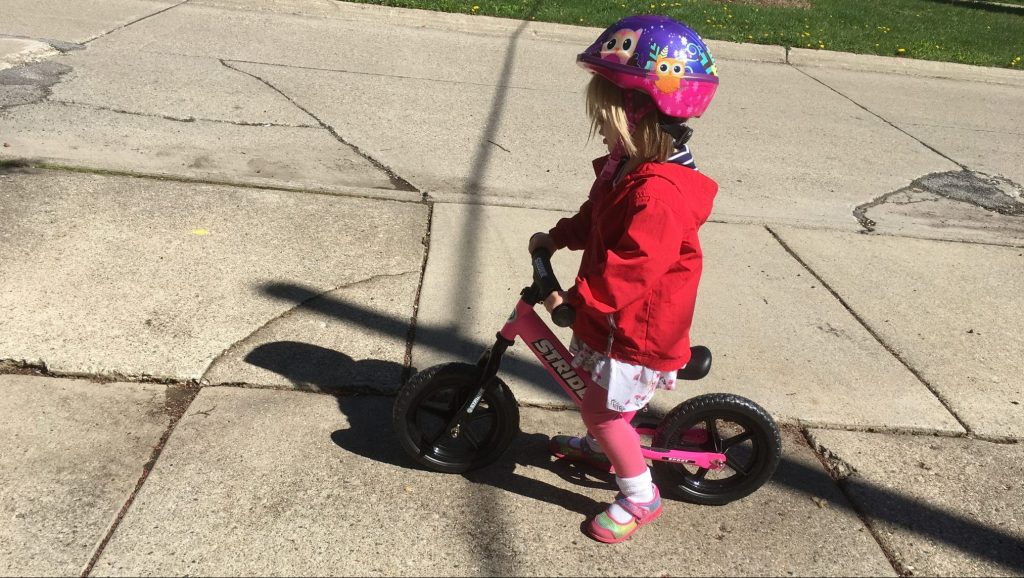
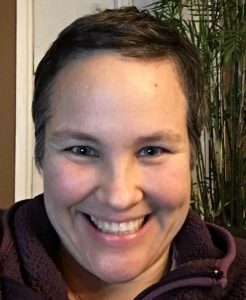 Caroline Thompson (
Caroline Thompson (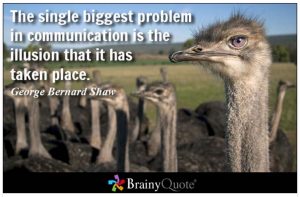 I’m having a really hard time with the fact that I will not be in the same place as my daughter when she is in preschool, even though I know that parents before me have done this. I won’t have a shared experience. I will not be privy to that part of her life.
I’m having a really hard time with the fact that I will not be in the same place as my daughter when she is in preschool, even though I know that parents before me have done this. I won’t have a shared experience. I will not be privy to that part of her life.
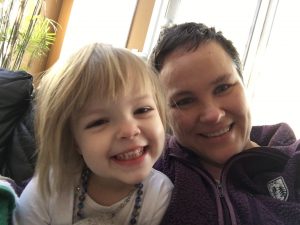 Caroline Thompson (
Caroline Thompson (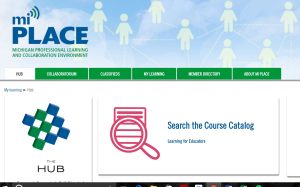 The best professional development has to inspire me, engage me, and challenge me to try something new. Some of my favorite conferences have been
The best professional development has to inspire me, engage me, and challenge me to try something new. Some of my favorite conferences have been 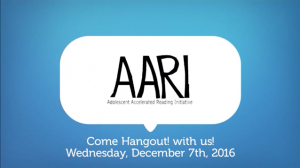 Come Hangout!
Come Hangout!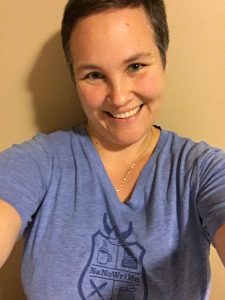 Caroline Thompson (
Caroline Thompson ( The last days of summer are ripe for a frantic, spontaneous trip to Washington, D.C. We’ve visited before, because my sister lives there; but what was different this time, was that we have a vivacious three-year-old. We had never seen monuments as deserted as we had at 7:30 in the morning.
The last days of summer are ripe for a frantic, spontaneous trip to Washington, D.C. We’ve visited before, because my sister lives there; but what was different this time, was that we have a vivacious three-year-old. We had never seen monuments as deserted as we had at 7:30 in the morning.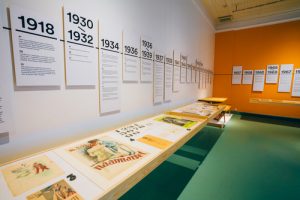
 Rethink
Rethink  Caroline Thompson (
Caroline Thompson (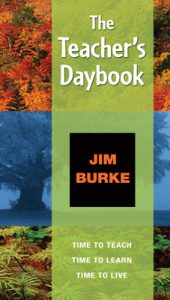 My daughter is turning three and my house is a disaster area. There is papier mâché residue on the carpet and ceiling from the piñata we decided to make today. The sink is piled high with half-filled milk cups I haven’t gotten around to emptying.
My daughter is turning three and my house is a disaster area. There is papier mâché residue on the carpet and ceiling from the piñata we decided to make today. The sink is piled high with half-filled milk cups I haven’t gotten around to emptying.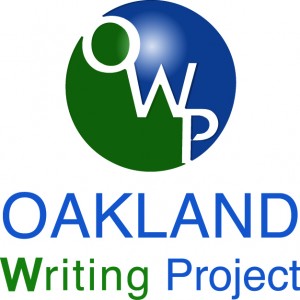 Something I miss from my teaching years is the opportunity each new school year afforded me to try something new. Maybe it was something small, like a new desk arrangement. Maybe it was something big, like the
Something I miss from my teaching years is the opportunity each new school year afforded me to try something new. Maybe it was something small, like a new desk arrangement. Maybe it was something big, like the  Caroline Thompson (
Caroline Thompson ( When May comes, and the green starts to overtake the landscape, and the
When May comes, and the green starts to overtake the landscape, and the  I would have the students keep the envelopes open, so that I could “grade” them and also screen for any letter of bad intent (only one or two in the many years did this, but I’m glad I checked in the end).
I would have the students keep the envelopes open, so that I could “grade” them and also screen for any letter of bad intent (only one or two in the many years did this, but I’m glad I checked in the end).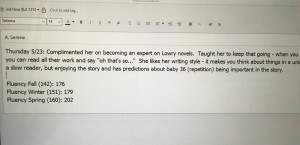
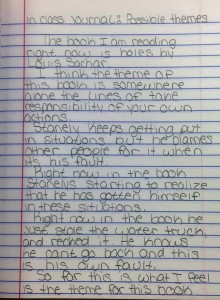


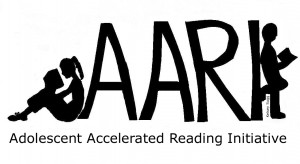 Now that I’ve covered the
Now that I’ve covered the  are probably not a struggling reader. But you probably have struggled with learning something new or tackling something difficult. You could try something new, or bring in your graduate school work and explain what is difficult for you–anything to show that improvement takes time, practice, and strategies to succeed.
are probably not a struggling reader. But you probably have struggled with learning something new or tackling something difficult. You could try something new, or bring in your graduate school work and explain what is difficult for you–anything to show that improvement takes time, practice, and strategies to succeed. Even if your group of struggling readers is blossoming, it’s important to consider how your community can continue to grow and thrive. That’s especially true for classrooms organized around the
Even if your group of struggling readers is blossoming, it’s important to consider how your community can continue to grow and thrive. That’s especially true for classrooms organized around the  Break bread together. One Friday a month, my classes would have what came to be known as “Food Fridays.” It usually started with my bringing in some snacks (think Costco/Sam’s Club granola bars or crackers). Some years, it took on a life of its own. Students would initiate elaborate sign-up sheets, and they would bake brownies and frost cupcakes. Other years, the kids were just happy to have a little something to eat while we worked.
Break bread together. One Friday a month, my classes would have what came to be known as “Food Fridays.” It usually started with my bringing in some snacks (think Costco/Sam’s Club granola bars or crackers). Some years, it took on a life of its own. Students would initiate elaborate sign-up sheets, and they would bake brownies and frost cupcakes. Other years, the kids were just happy to have a little something to eat while we worked.